Dive Deep into Details - 8 Macro Photography Tips Revealed
Macro photography is a captivating art form that brings out the beauty in the tiniest details of our world.
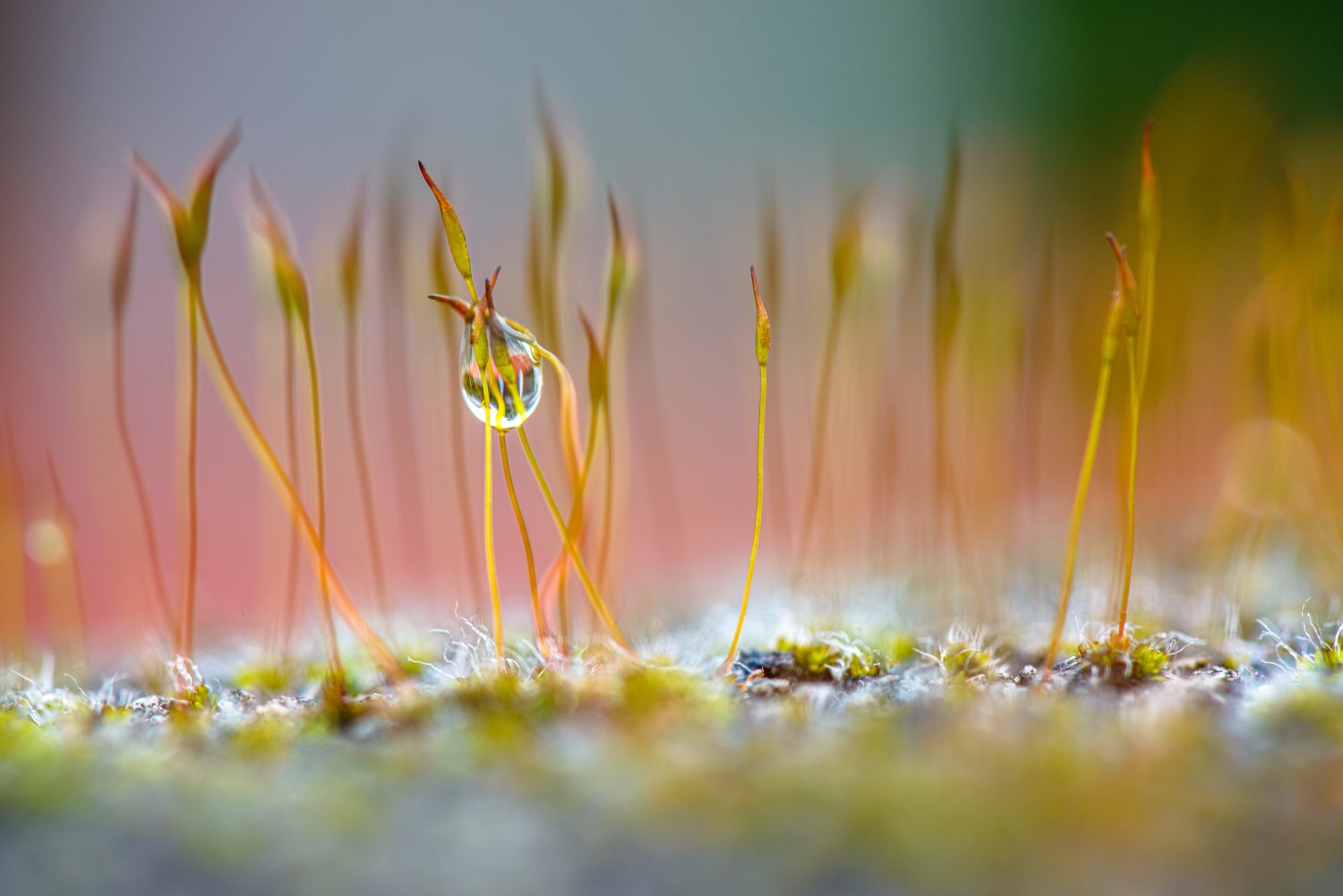
Photo by Giulio Magnifico
From the intricate patterns on a butterfly’s wing to the dewdrops on a spider’s web, macro photography allows us to see the unseen. If you’re eager to dive into this mesmerizing world, here are eight essential tips to get you started.
1. Start with the Right Equipment
You don’t need the most expensive camera, but a good macro lens can make a world of difference. Look for a lens with a 1:1 magnification ratio to capture life-sized images of your subjects. If you’re not prepared or unable to get dedicated macro gear – don’t feel discouraged just yet. This article on extension tubes covers how you can still get into macro photography without spending money straight up.
2. Stability is Key
When shooting up close, even the slightest movement can result in a blurry image. Use a tripod to stabilize your camera (see this article on the multiple functions of tripods). If you’re shooting handheld, try to keep your elbows tucked into your body for added stability.
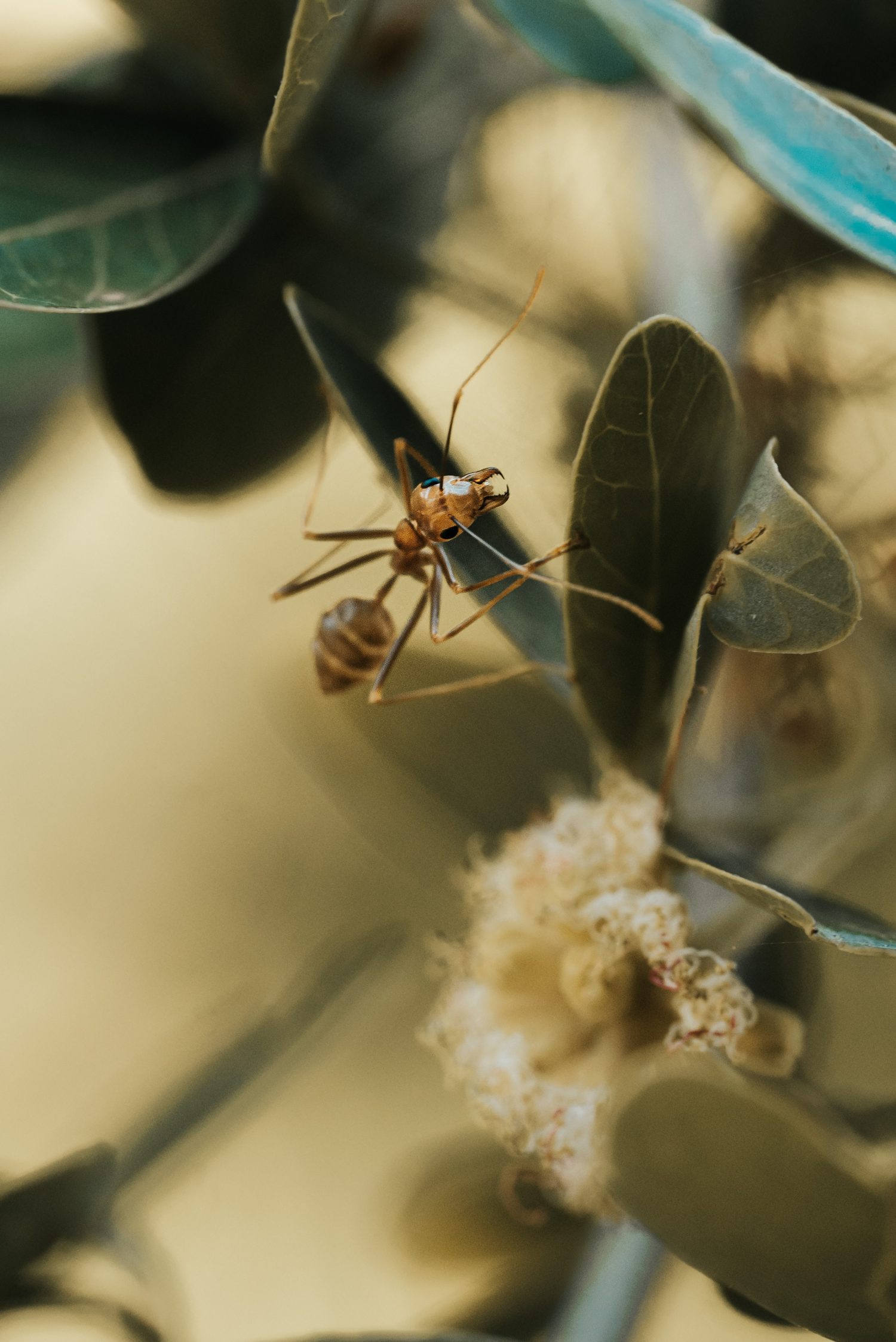
Photo by Sherard Yu
3. Master the Art of Focus
With macro photography, even a slight shift in focus can change your entire image. Use manual focus and move the camera slightly back and forth to find the perfect spot. Struggling to get the right camera focus when you need it? This article gives 6 tips on how to nail the focus at the right place and the right time.
4. Play with Depth of Field
A shallow depth of field can make your subject pop against a blurred background. However, too shallow a depth can make parts of your subject out of focus. Experiment with different aperture settings to find the perfect balance.
5. Mind the Lighting
Natural light is your best friend. It often provides a soft, diffused look that’s perfect for macro shots. Shoot during the golden hours (early morning or late afternoon) for the best light. If you’re indoors, place your subject near a window, or consider using a ring light or a softbox. To get more pointers on macro lighting, check out this free guide.
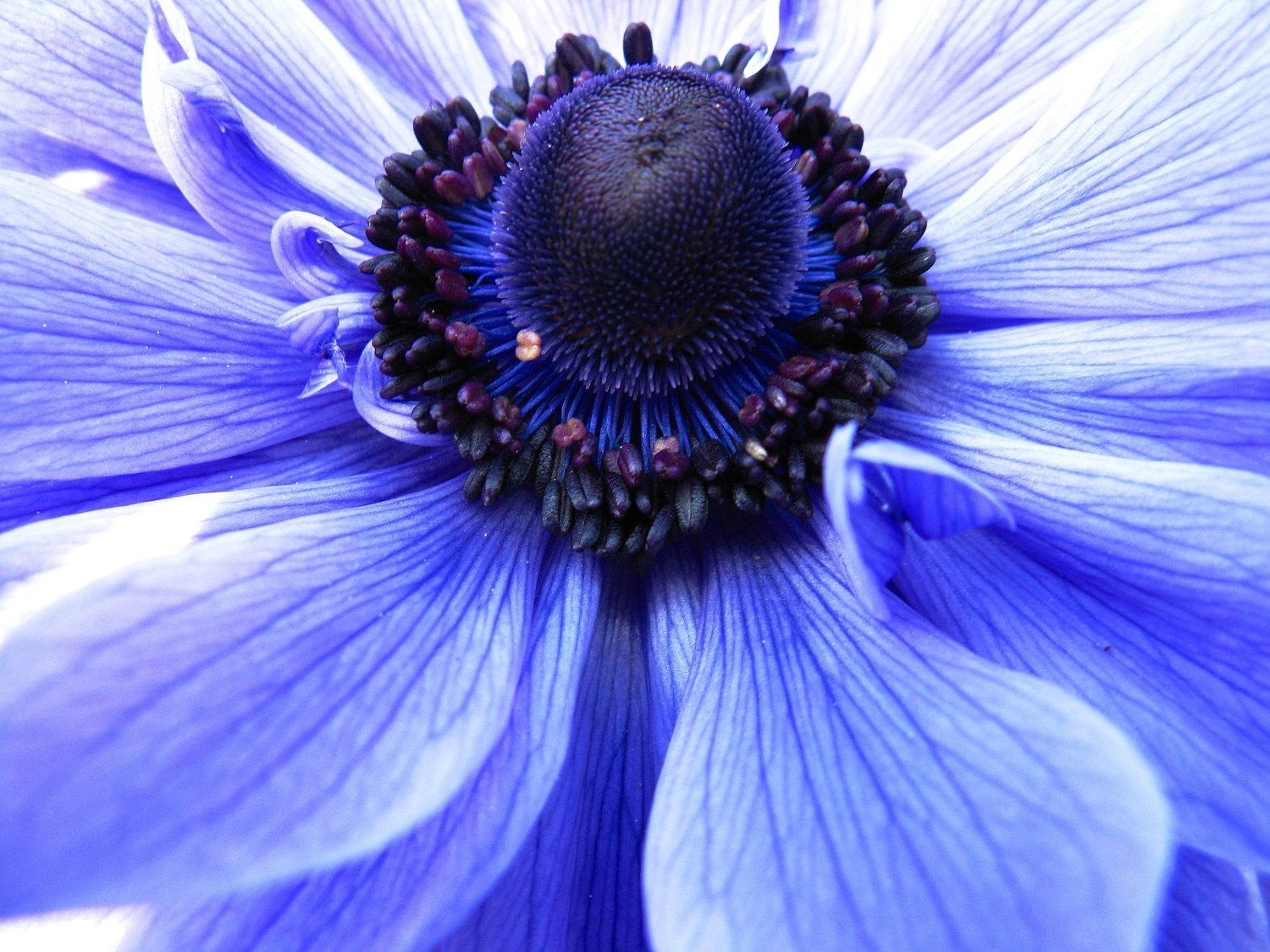
Photo by Anna Rozwadowska
6. Get Close, Then Get Closer
Don’t be afraid to get up close and personal with your subject. The closer you are, the more details you’ll capture. This article here on macro photography camera settings also covers some composition pointers to get you started.
7. Patience is a Virtue
Whether you’re waiting for the perfect light or for a bug to land just right, patience is essential in macro photography. Having trouble finding the right subject? This informative guide shows you how to use bugs as your captivating macro models. Regardless of what your macro subject is, remember to take a deep breath, relax, and wait for the magic to happen!
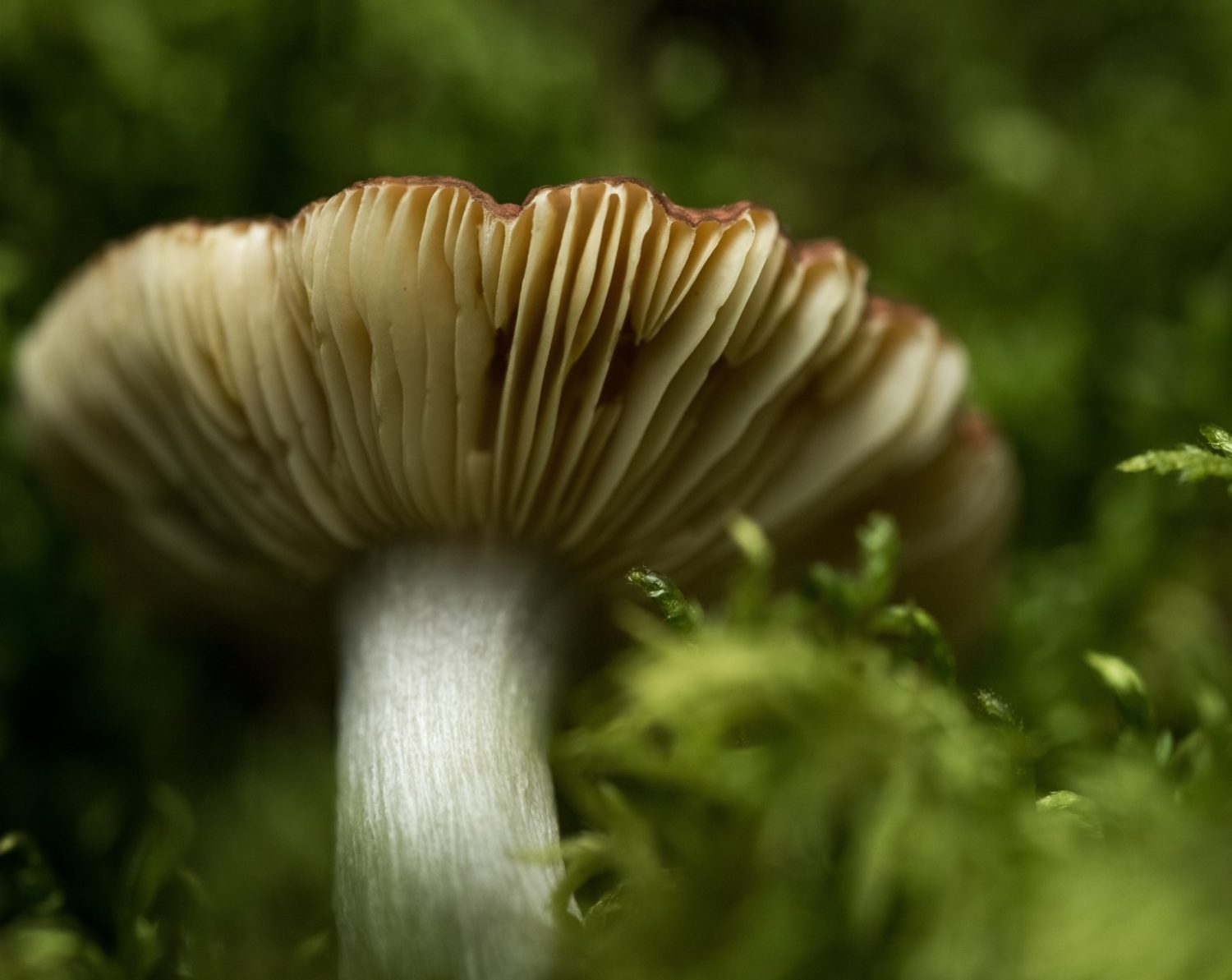
Photo by Mason Unrau
8. Experiment and Have Fun
There’s no one-size-fits-all approach to macro photography. Try different angles, settings, and subjects. Want to spice up your creativity? Check out these four creative ideas for insect macros. The more you play, the more you’ll learn!
Assignments to Practise Your Macro Skills
Nature’s Details
- Head outside and find a natural subject, like a flower, insect, or leaf.
- Using the tips above, try to capture an image that reveals details you wouldn’t notice with the naked eye.
- Play with lighting and focus to make your subject stand out.
Everyday Objects
- Find an everyday object in your home, like a coin, fabric, or piece of jewellery.
- Get as close as you can and try to capture its unique textures and details.
- Experiment with different lighting sources to see how they change the look and feel of your image.
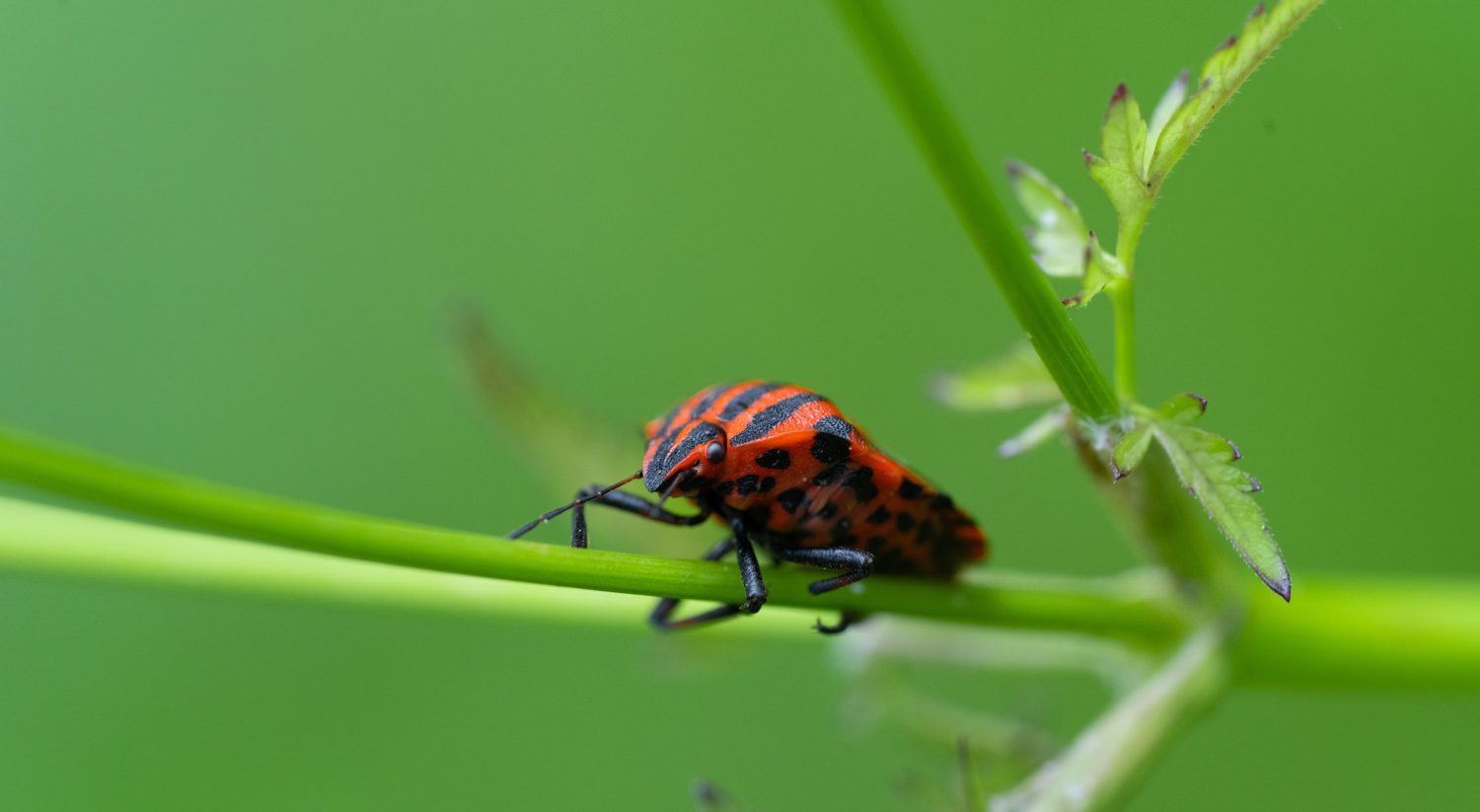
Photo by Giorgi Iremadze
Remember, macro photography is all about exploring the tiny wonders around us. With patience, practice, and the tips above, you’ll be capturing breathtaking images in no time. Happy shooting!
Reading Recommendation
Interested in enhancing your macro photography skills?
Dive into Photzy’s comprehensive eBook, The Essential Guide to Macro Lighting. Learn the nuances of macro lighting. Understand the ‘What,’ ‘Why,’ and ‘How’ of this genre through easy-to-follow steps. With 139 detailed pages, 22 essential lessons, and over 100 illustrative images, you’ll have all the tools you need to elevate your photography. Get the guide here today.
